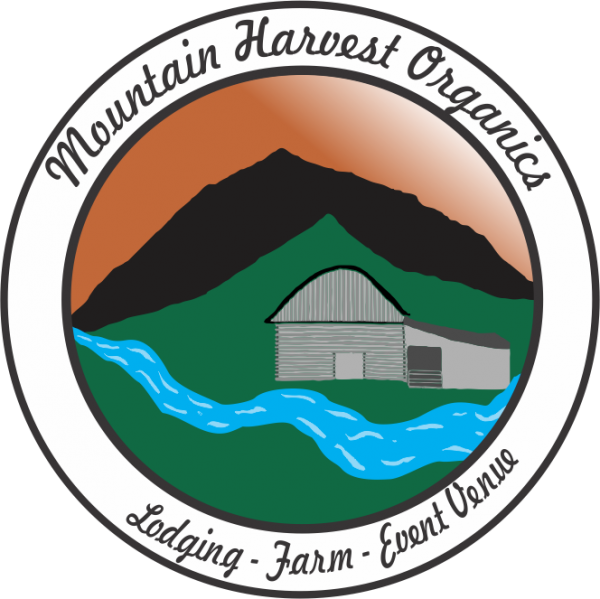Projects, WP Migration
Rendering Lard
Happy Holiday Readers – This prayer is for you -sung by Terri Hendrix written by Buddie and Julie Miller!
May your peace be anchor in stormy times
May your hope run like a river that’ll never run dry
May your burdens grow light, may your worries subside
This is my prayer for you.
May your soul grow deep, may your joy run wild
May your heart know the face of mercy has smiled
May your faith come to let you believe like a child
This is my prayer for you
This is my prayer for you
Rendering Lard!
I wonder how my grandmother would react if I told her I was rendering lard for pies. She was an amazing baker, making her church a lot of money over the years baking pies for fundraising events, and I know that she used lard in her lifetime. I think she has even used lard during my lifetime for her pies, frying chicken, and for seasoning her soups and other dishes. I also know that she switched to Crisco, but I am not sure when, so I need to make a mental note to ask my mother when grandma switched from lard to Crisco. I am certain switching to Crisco made my grandma’s life on the farm easier with one less thing to do and that being rendering lard.
I grew up with margarine and Crisco being the fat of choice because, after all, that is what my mother thought best for the health of her family. My mother, who learned from her mother, makes amazing pies, gorgeous and very tasty Christmas cookies, and back in the days made fried chicken, all with Crisco. My mother probably discontinued making fried chicken because it wasn’t heart healthy for her family and I really can’t remember her frying chicken after I became a teenager. My mother made the best fried chicken I have ever had although Carl’s sure ranks up there! (It could be that my mother quit frying chicken because her children became such picky eaters, and for many years, they were vegetarian. Some still are.) I grew up baking cookies using Crisco as my fat source and, although I didn’t bake much, Crisco sure made for some tasty cookies.
In my adult life (not that I am adult like), Carl and I have adopted butter and olive oil for most all of our baking needs; however, I do wonder what the best cooking fat is as far as our long term health is concerned. I do know that the American people don’t quite have it figured out as to what the healthiest forms of fat are since our population is continually becoming less healthy. I also know that research about the most healthiest fat isn’t quite trustworthy because it depends on who is financing the research and the question the study is trying to answer. Research in the past has suggested that we eat margarine rather than butter; then years later that research was refuted only to recommend butter over margarine. At one time canola oil was the fat of choice and now it is the fats, whose relationship between the Omega-3 and Omega-6, is about equal that determines what fat is best. I, like many of you readers, really don’t know what to believe.
Although I want to just use my “gut feel” and go with the fat I find tastiest, I continue to find it interesting as to what research and folks in the health industry have to say about the various types of fats available, so I have been trying to read a little information about this topic and am still unsure what to believe. From my research, Crisco was introduced in 1911 by Proctor and Gamble, a product with an unlimited shelf life, which was advertised as, “.. a healthier alternative to cooking with animal fats. . . and more economical than butter.”. Sally Fallen has linked the introduction of hydrogenated fats (Crisco, margarine, etc) into the American diet with increased heart disease.
So we are going to be using rendered lard this year for some of our cooking needs. We know that we raised our pigs on pasture and they ate plenty of grass, worms, or whatever they found tasty rooting around in the soil. We feel that using lard rather than olive oil is more sustainable for us since the lard is produced here on the farm rather than in California or Italy. And should lard reduce our life expectancy then lard just gets even better in the sustainability department. I do know the lard we rendered does not have an unlimited shelf life because we have added no preservatives to it. We made potato soup with lard rather than olive oil and it was delicious!




Here are some interesting reads:
http://wholefoodusa.wordpress.com/category/4-m-e-n-u/fats-and-oils/
http://www.consumerhealth.org/articles/display.cfm?ID=19990303194521
http://www.health-report.co.uk/saturated_fats_health_benefits.htm

